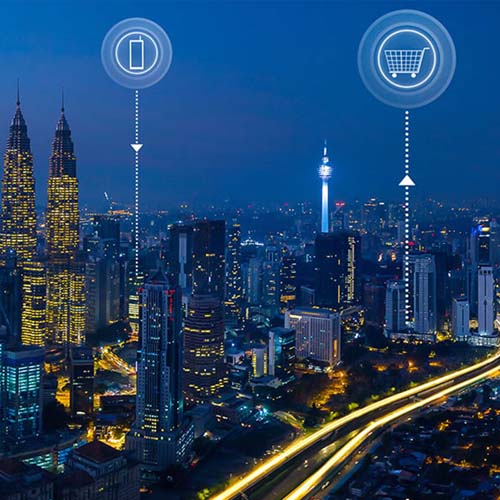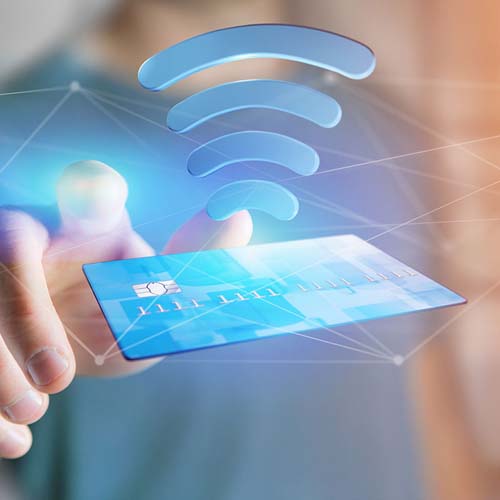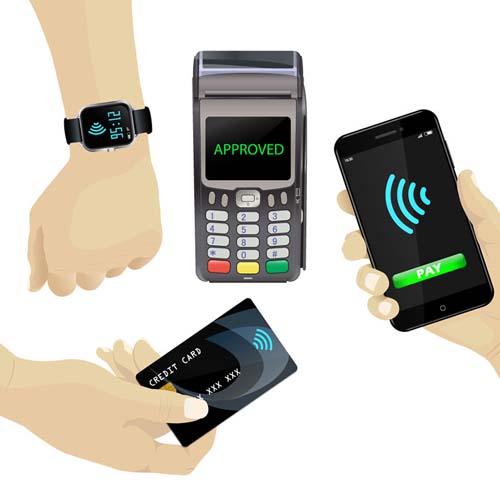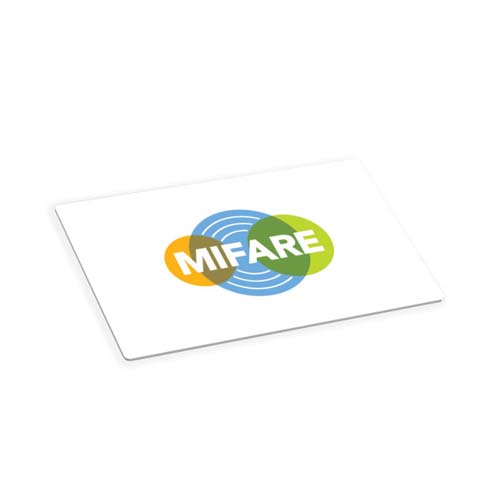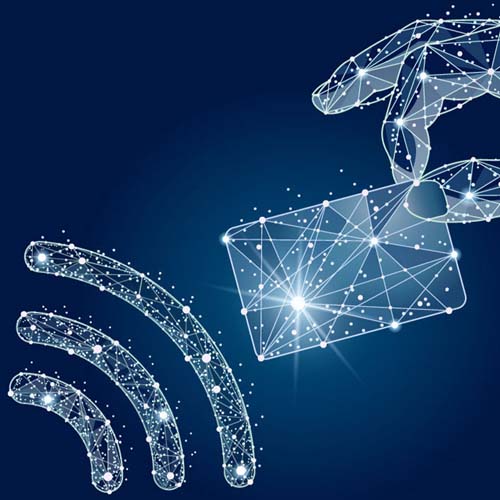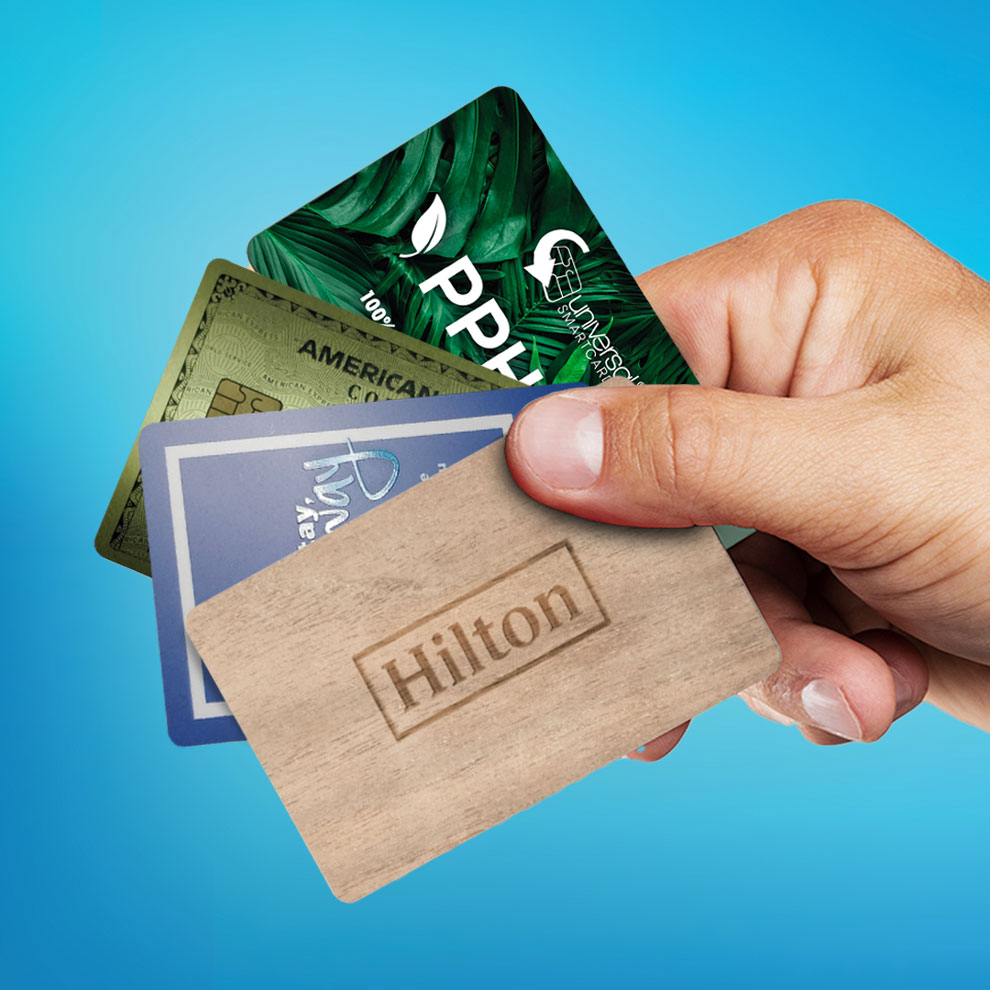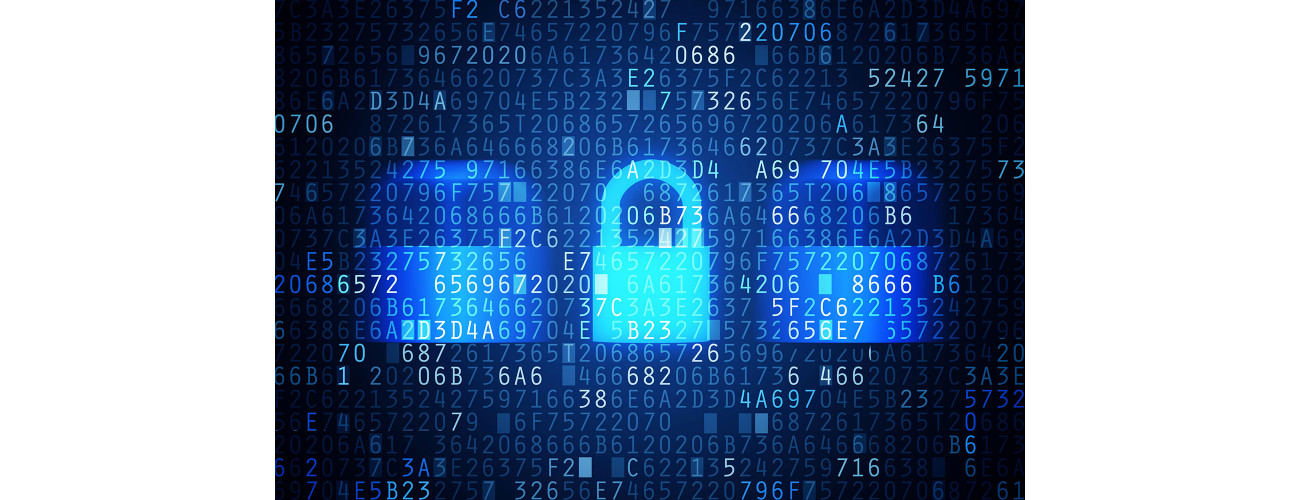
Not sure what two-factor authentication, otherwise known as 2FA, is? Then this article is the perfect read for you! With security becoming more and more crucial in today’s society, this solution will definitely benefit your organization. After all who doesn’t love extra security!
Two-factor authentication adds an additional layer of security to the authentication process by requiring two credentials to be verified before access to an area or system is granted. Two-factor authentication has long been used to control access to sensitive systems and data, and online service providers are increasingly using 2FA to protect their users' credentials from being used by hackers who have stolen a password database or obtained customers' credentials. Not only can you use 2FA for database protection, but you can implement it for building access, so you can make sure who you want in certain rooms or buildings.
TYPES OF AUTHENTICATION
There are many different ways in which you can apply authentication methods. Normally, most methods rely on knowledge factors for example passwords. On the other hand, 2FA methods adds either a possession or Biometric factor.
What is a knowledge factor? This is something the user knows, such as a password, a PIN or some other type of shared secret. A possession factor is something the user has, such as an ID card, a security token, a smartphone or other mobile devices. Biometric factor is physical characteristics, such as fingerprints or voice recognition. This factor can include behavioral biometrics, such as keystroke dynamics.
The fourth and fifth possible authentication factors are location and time. Which are very self-explanatory with the location being from where a user is trying to get authentication from because it can be enforced by limiting authentication attempts to specific devices in a particular location, or more commonly by tracking the geographic source of an authentication attempt based on the source IP address.
When it comes down to what you can use for two-factor authentication, smart cards, key fobs, and mobile apps are the most common. Authentication tokens may be physical devices, such as key fobs or smart cards, or they may exist in software as mobile or desktop apps that generate PIN codes for authentication. These token authentication codes, also known as one-time passwords, are usually generated by a server and can be recognized as authentic by an authentication device or app.
One of the most important aspects of 2FA is establishing that the authenticated user is given access to all resources the user is approved for -- and only those resources. As a result, one key function of 2FA is linking the authentication system with an organization's authentication data.
If you want to prevent unauthorized people from entering your organisation whether it’s physically or digitally then back up your security and implement two-factor authentication.
Want to find out more about 2FA and the products we can supply to help you support a two-factor authentication system? Get in touch today and have a chat with our experts!



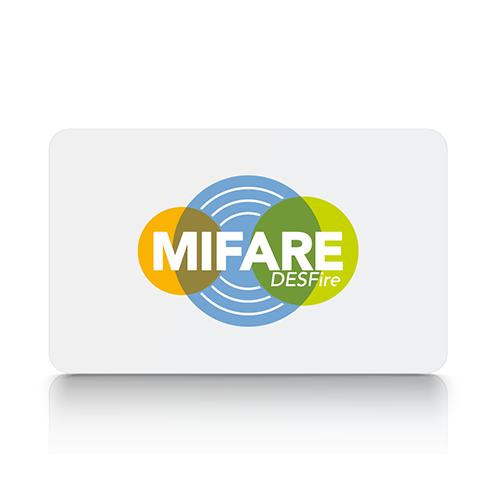
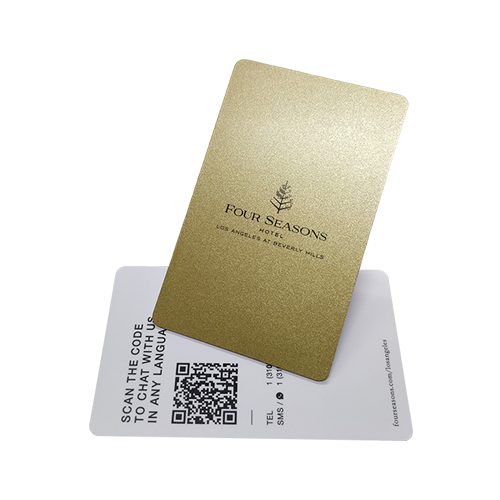

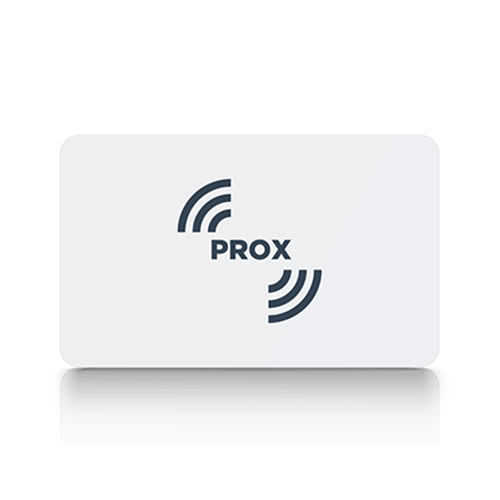


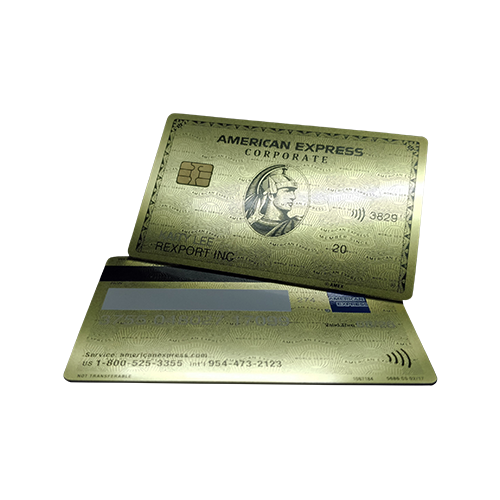



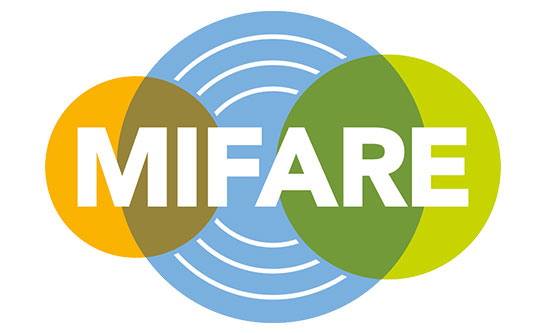








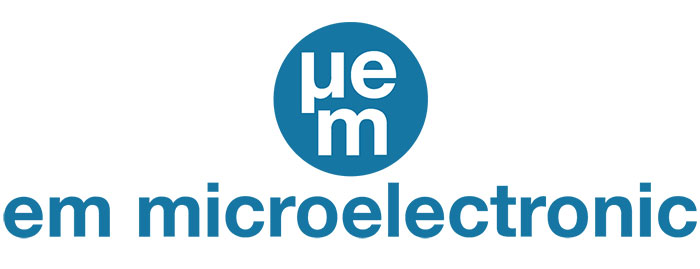


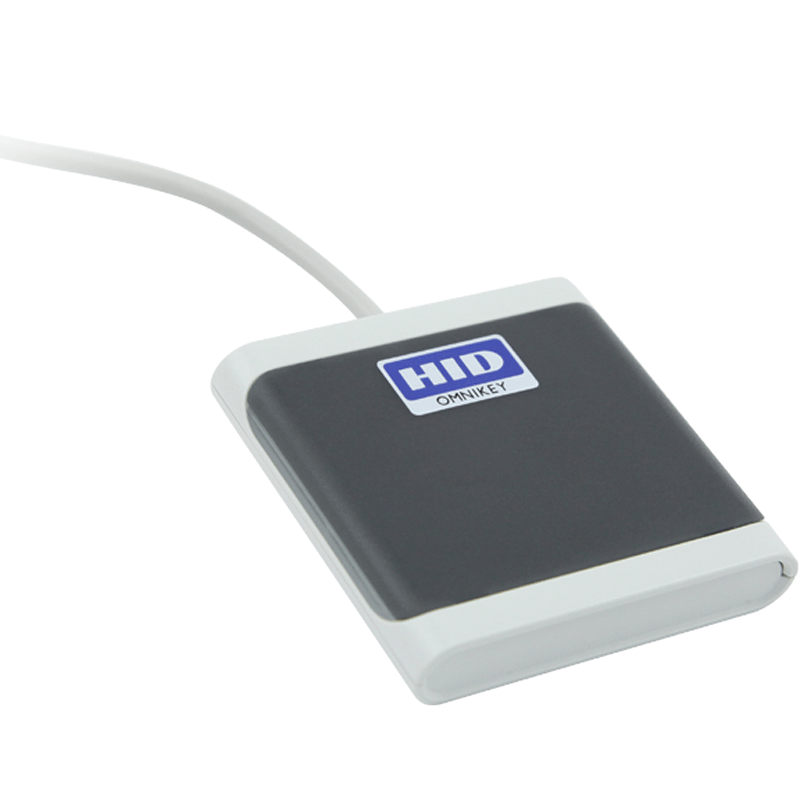
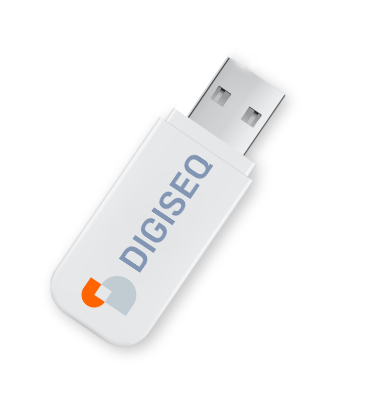
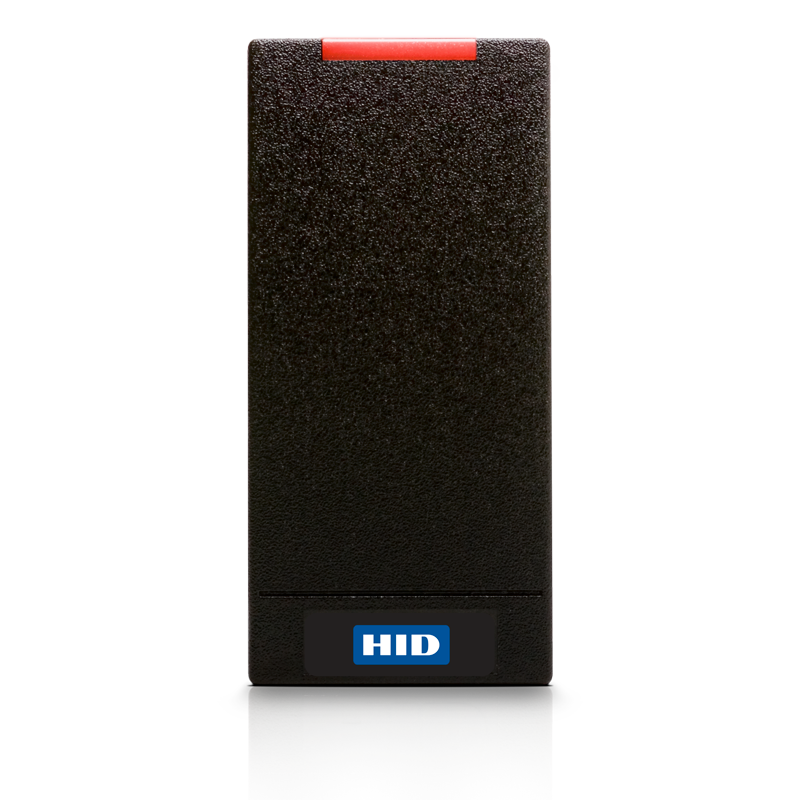
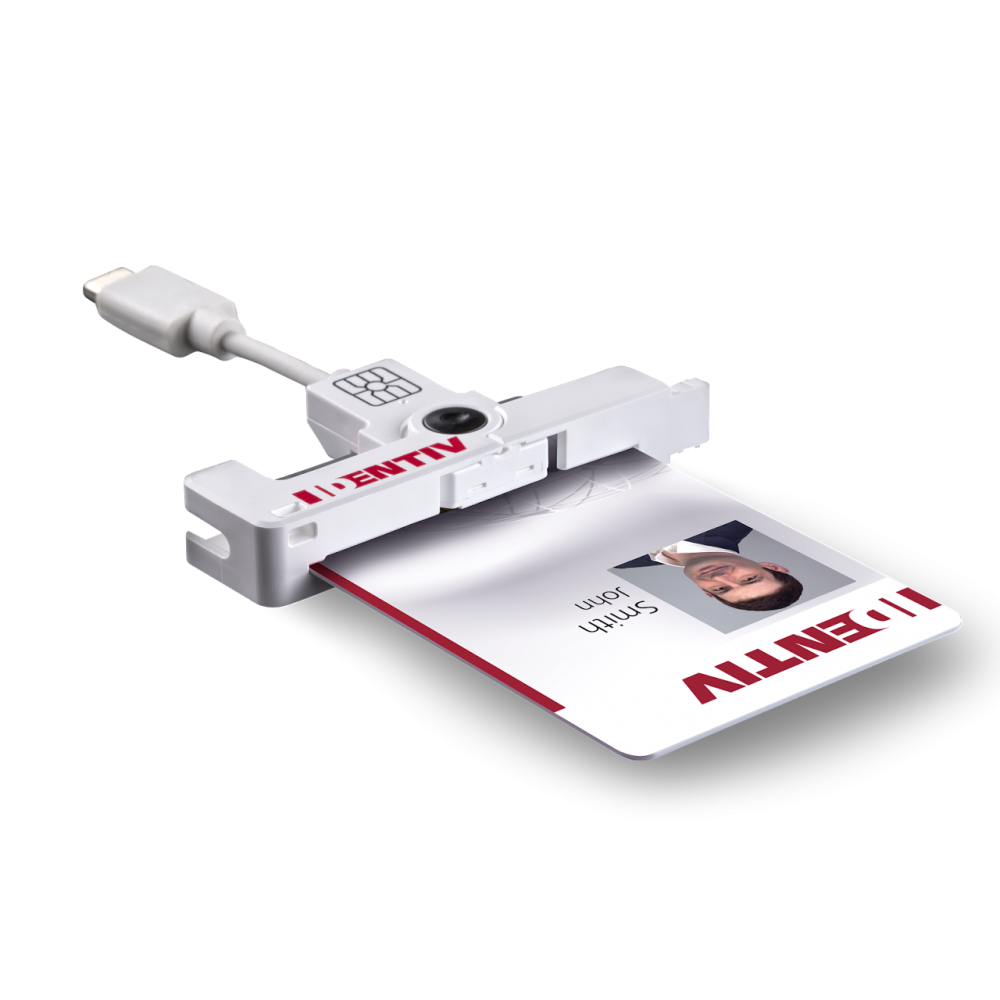
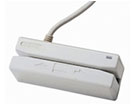
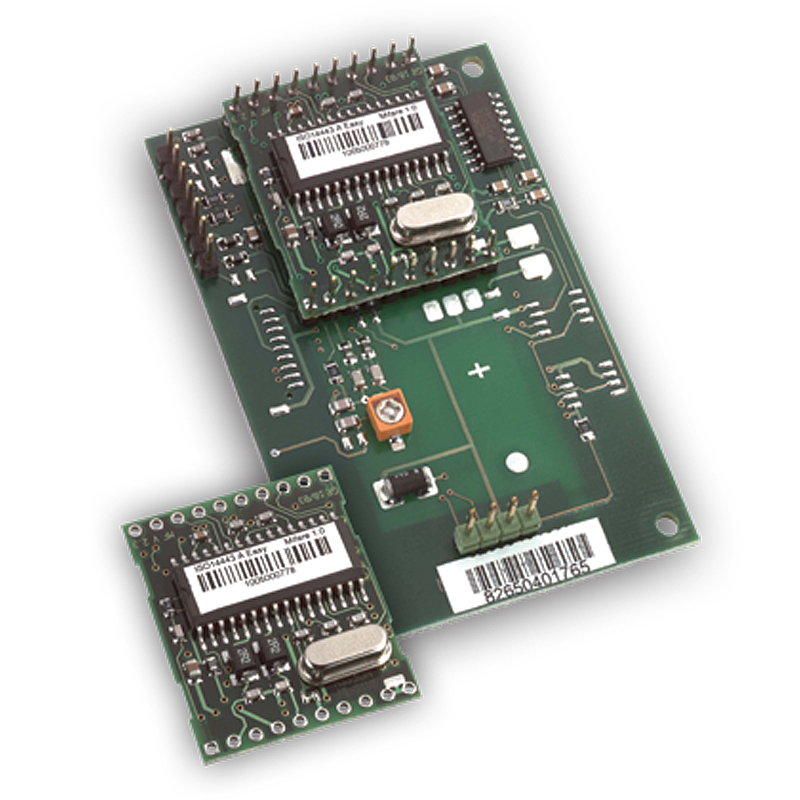
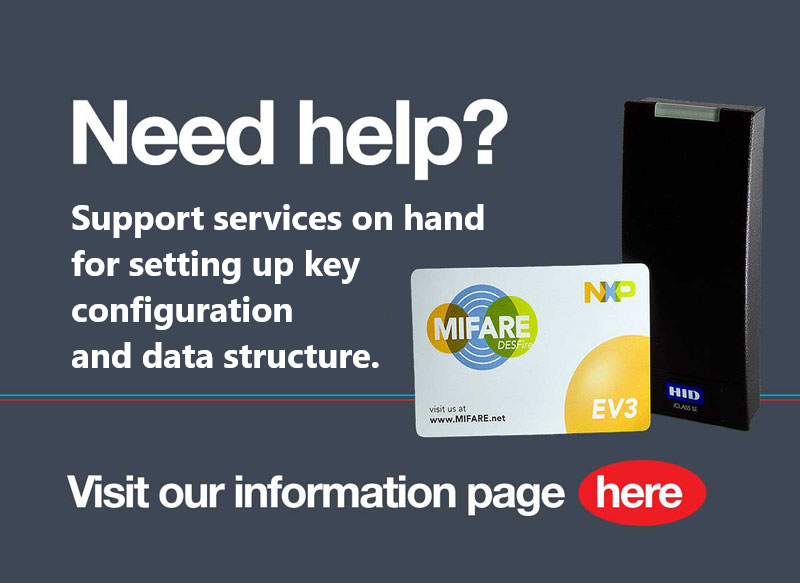





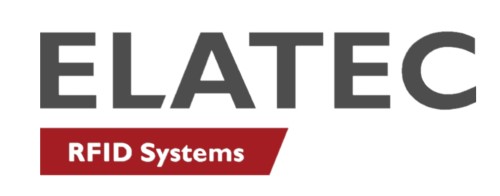

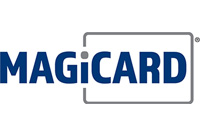


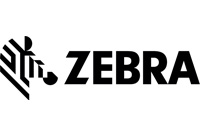
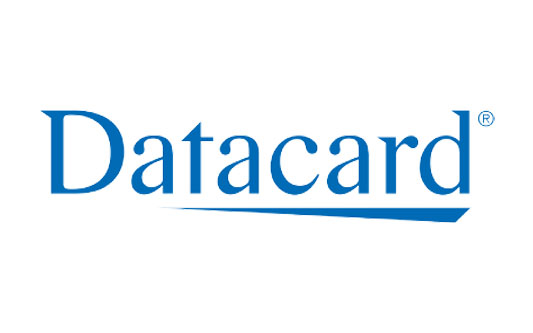



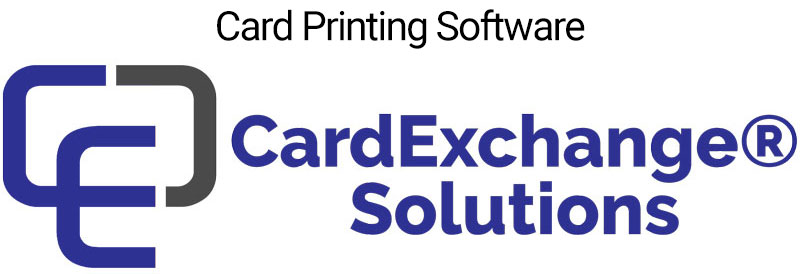



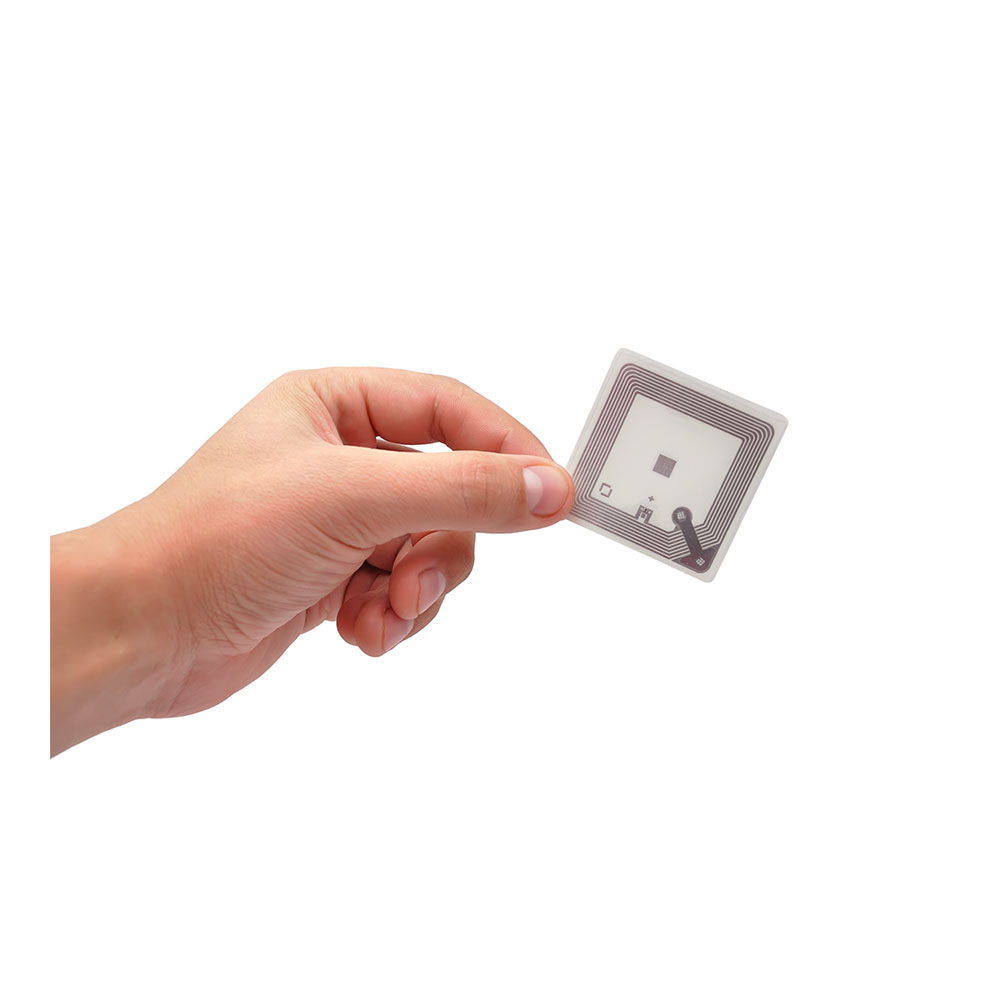



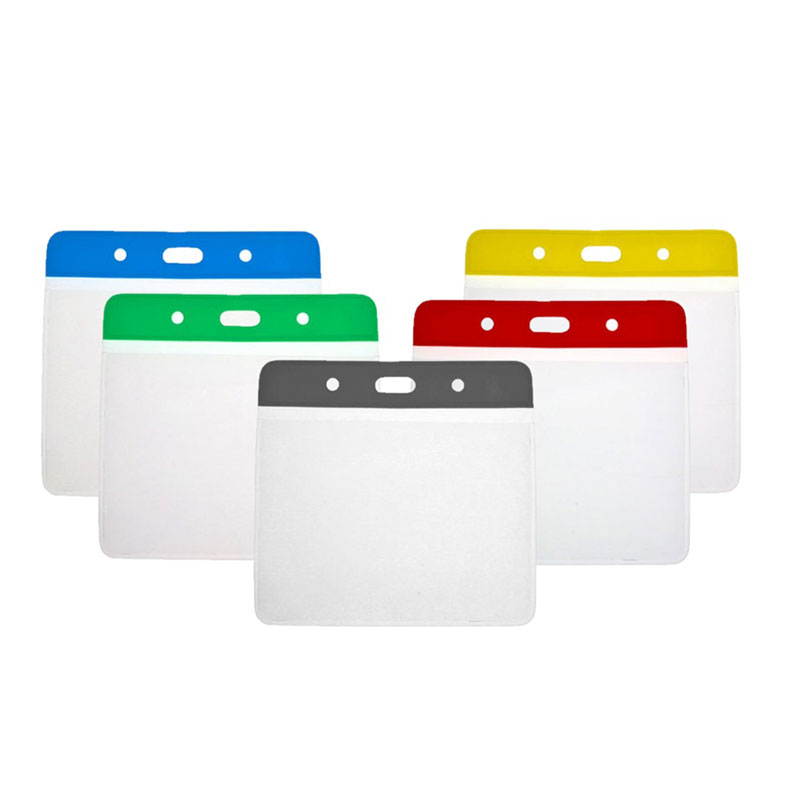




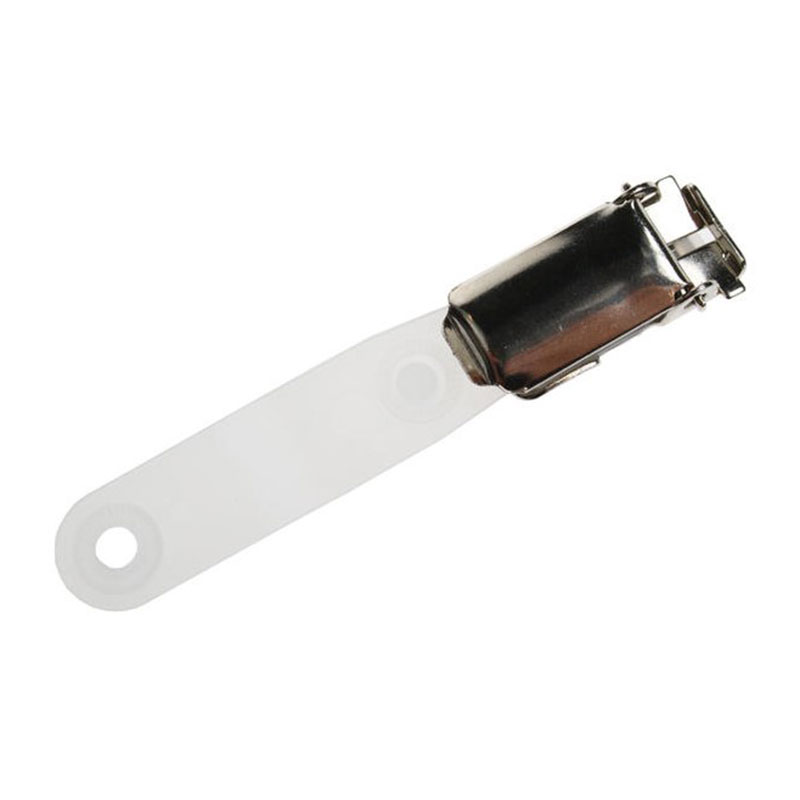

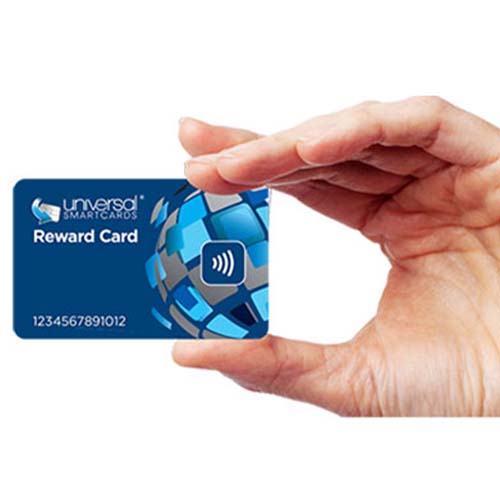
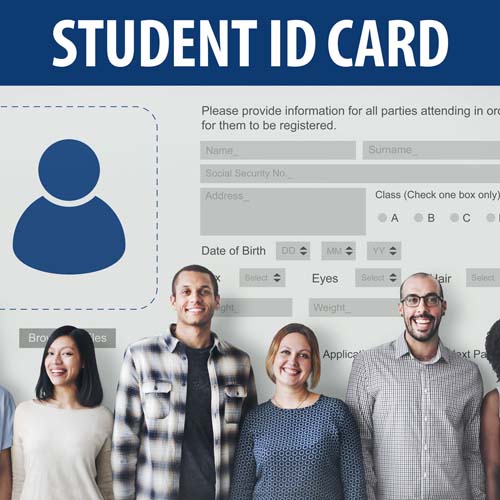

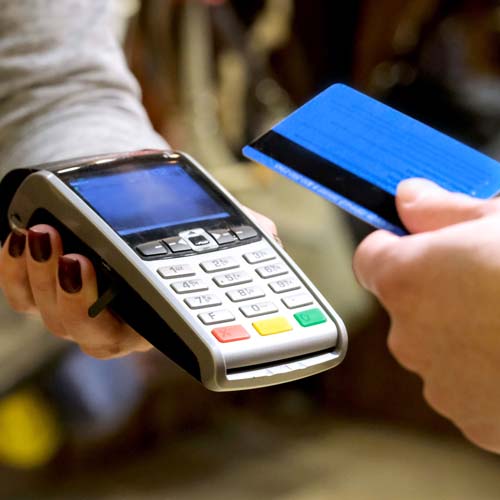
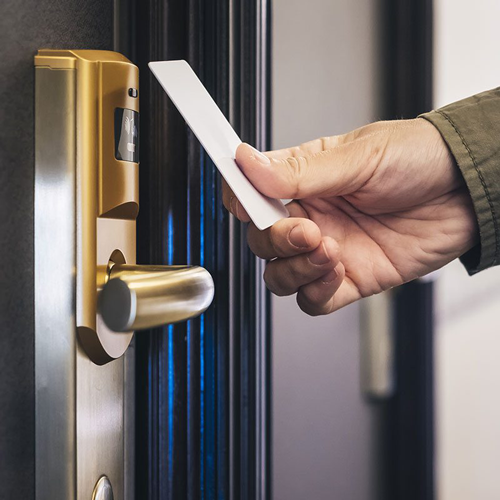
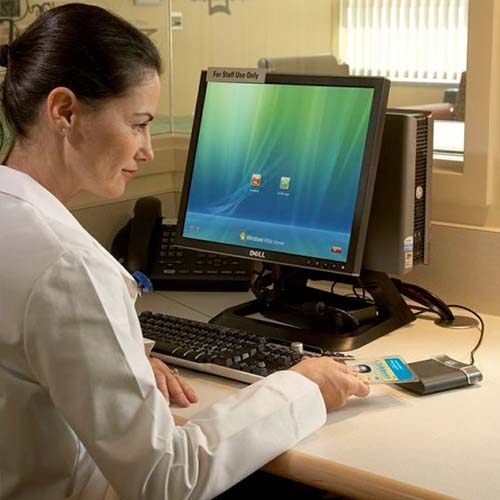

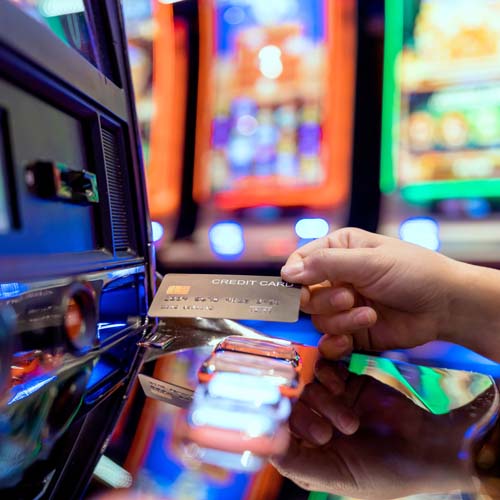
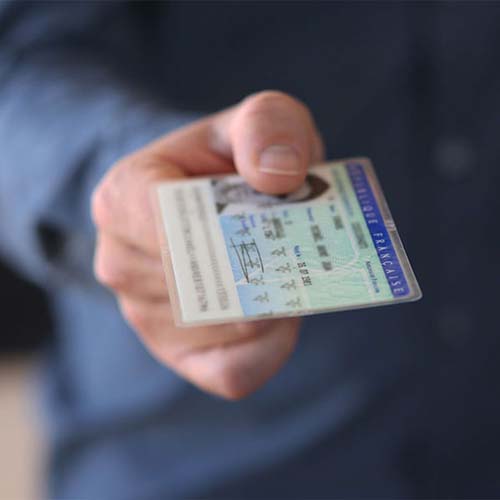
-500x500.jpg)
